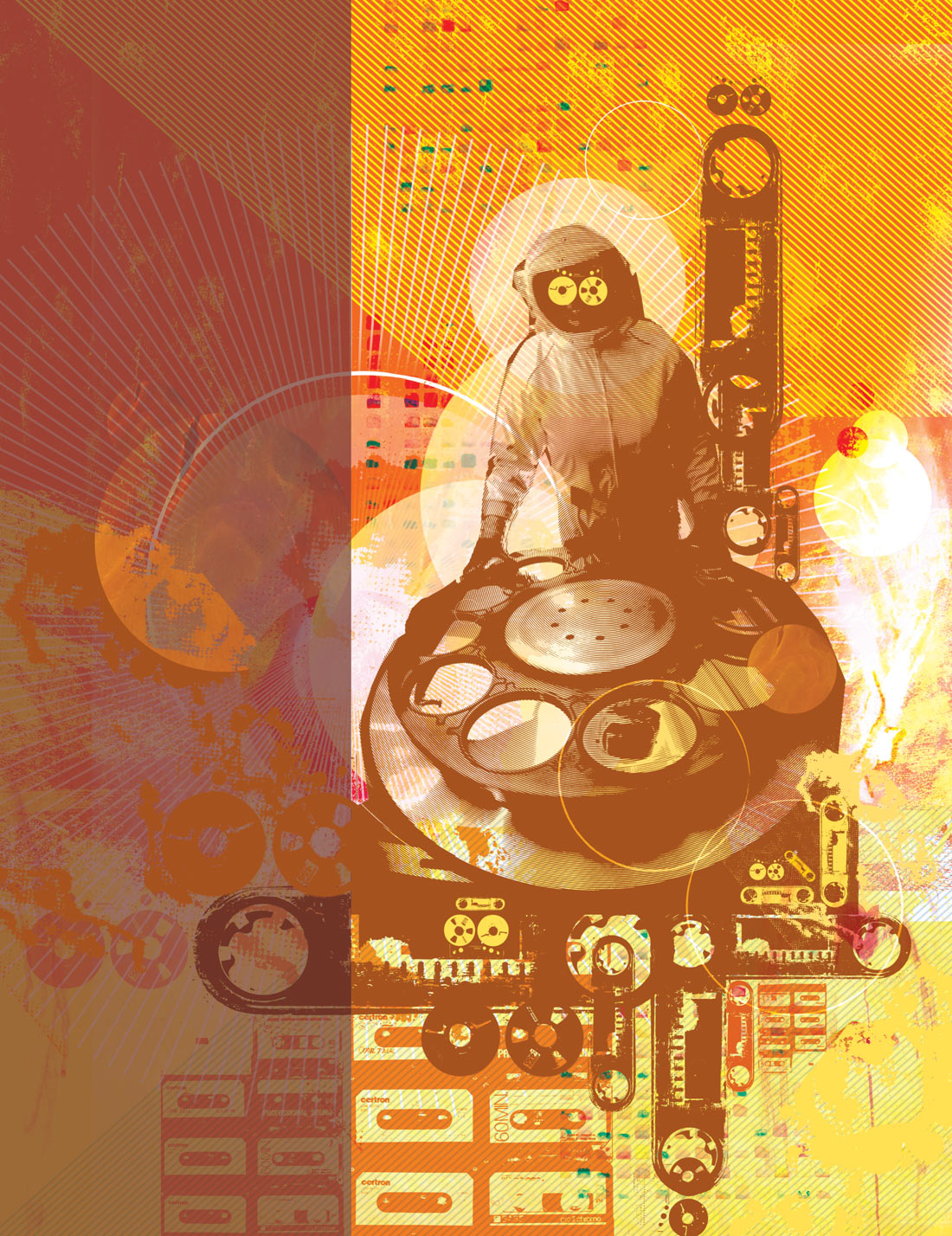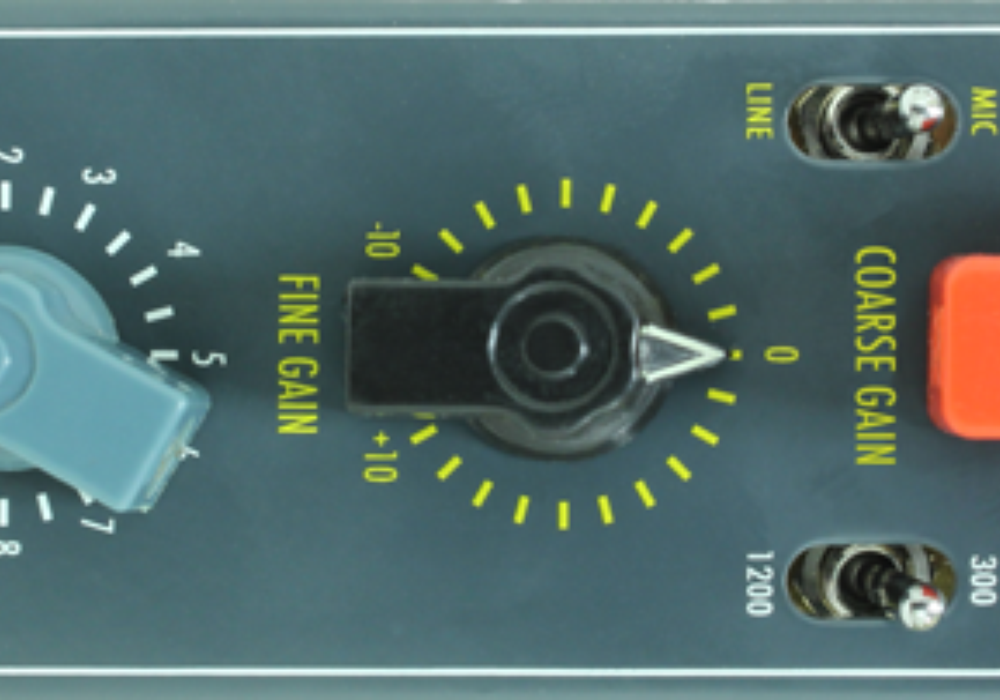The Gas Cooker is a dual-channel, all-valve mic preamp and DI from Ridge Farm Industries in England (formerly of Ridge Farm Studios, the rather famous and beautiful countryside residential studio, now closed). The Gas Cooker is bright blue, made of heavy-gauge steel, and is not a rackmount unit. It's about the size of your average hardcover dictionary and twice as heavy. This thing is the Sherman Tank of DI's- overbuilt, and ready to go anywhere in the studio and take abuse. I love that it is hearty enough to be on the floor, under foot and tangled up in the spaghetti factory of a full tracking session. The switches, jacks, and knobs are all cleverly recessed behind the main steel frame, and even though there are tubes in there, I have no reservations about letting it rumble on the floor next to a cranked SVT for days on end. It'd also make a great piece of road gear (Richard Thompson uses one on stage).
I don't think it can be overemphasized how much the physical mobility of the unit opens up possibilities for use. Because so many high-end valve DI's in a studio are screwed into a rack and pre-wired to the patch-bay, engineers sometimes settle for a lower-quality DI when taking direct signals "off the floor". In this age of re-amping and digital modeling from DI source files, it may be more important than ever before to capture a great DI signal, and the Gas Cooker delivers just that. Apparently, Ridge Farm is going to offer a rackmount version, but being able to grab the unit and put it where it's needed is, I think, one of its greatest design features.
I recently used the Gas Cooker to record Tony Levin on five-string bass, a session that really ran the unit through its paces. The DI delivered big, clean lows, while the mids subtly growled with the familiar warmth of valve circuitry. There's something about the way the tubes in the Gas Cooker go into overdrive that's truly unique on bass; it almost sounds as if the mids and lows are processed separately. In contrast, the DI on my Drawmer 1960 seems to overdrive the entire frequency spectrum simultaneously. Both DI's do very different things with their tubes, and the Gas Cooker remains more transparent in the low end while still providing coloration in the more melodic frequencies. Tony commented that the sound was "big and full", and he had a lot of questions about the Gas Cooker. We ran the unit for two days straight, and it easily translated everything Tony threw at it. The DI signal turned out to be ideal for re-amping during mixing, too.
The Ridge Farm website lists a number of applications for the Gas Cooker, and the unit includes enough inputs and outputs with various impedances and pads that you can use it on just about anything. Warm up a 2-track mix. Use it on a channel insert (perhaps to overdrive a snare or smooth out a vocal). Transform a crappy Casio keyboard into a fat techno machine. Push the front end of a guitar amp. Dial up a sparkling acoustic guitar signal a la Richard Thompson, who runs his magnetic pick-up and condenser mic through the two channels. Or (as I recently witnessed) make an electric autoharp sound like an enormous grand piano. Use its mic inputs (with phantom power), and expect some nice warmth from the tubes. And, of course, you can always use it to capture full, clean DI signals of any kind.
The Gas Cooker feels right at home in a high-end professional studio, yet might be an even more useful tool in a budding project studio where its versatility could find it in use every time a track is armed to record. In a market loaded with high-end preamps and DIs designed to be racked, the Gas Cooker stands out, literally and figuratively. If you record a lot of DI signals, the Gas Cooker is definitely worth checking out.
(£849 GBP; www.ridgefarmstudio.com) -Allen Farmelo, www.farmelo.com





_disp_horizontal_bw.jpg)